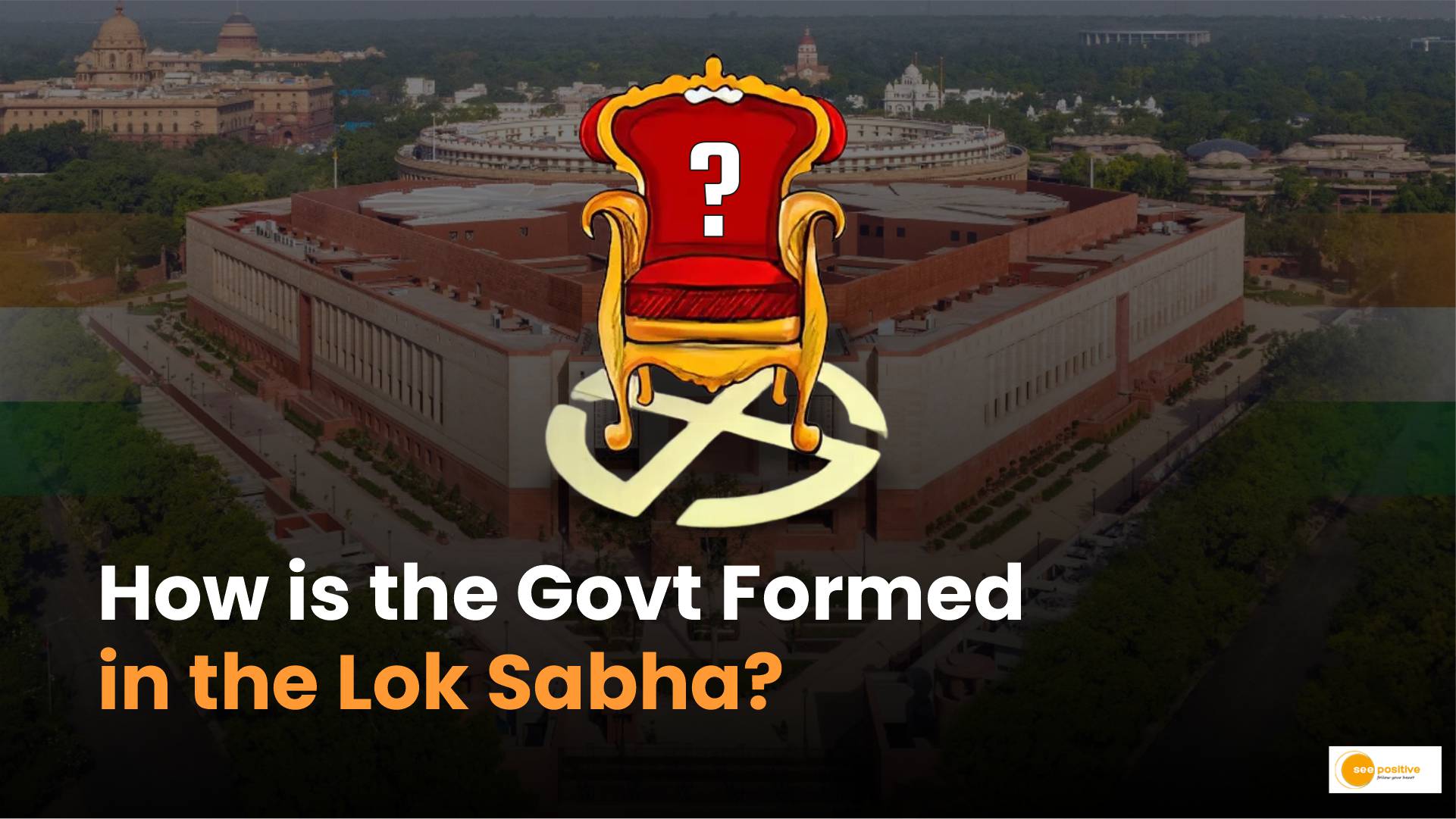The formation of the government in the Lok Sabha, India’s lower house of Parliament, is a fascinating and intricate process. This process encompasses everything from the initial elections to the final oath-taking ceremony. For those interested in understanding the democratic fabric of the country, it’s essential to grasp each step of this procedure. In this article, we will explore “how is the government formed in the Lok Sabha” in detail.
The Lok Sabha Election Process
Announcement of Elections
The journey of forming a government in the Lok Sabha begins with the announcement of elections by the Election Commission of India. This body is responsible for ensuring free and fair elections across the country. The announcement includes the election dates, the number of phases, and other relevant details.
Political Campaigns
Once the election dates are announced, political parties begin their campaigns. They hold rallies, roadshows, and public meetings to garner support. The candidates contest in various constituencies across the country, presenting their manifestos and promises to the voters.
Lok Sabha Elections
The Lok Sabha elections begin with the Election Commission’s announcement. For the 18th Lok Sabha, the Election Commission declared the election dates on March 16, 2024. Voting was scheduled in seven phases from April 19 to June 4. Chief Election Commissioner Rajiv Kumar announced the detailed election program.
Vote Counting
Vote counting is a decisive phase determining which party will form the government. On June 4, 2024, the vote counting took place, revealing that the NDA alliance secured a majority. The BJP won 240 seats, while the NDA as a whole secured 292 seats. Following this, the NDA selected Narendra Modi as their leader.
Prime Minister’s Resignation
Post-election, the incumbent Prime Minister submits their resignation to the President. The President then requests the outgoing Prime Minister to continue as the caretaker PM until the new PM takes the oath.
Election of Parliamentary Leader
After the vote counting, the party or coalition with the majority elects its leader. In the 18th Lok Sabha elections, the NDA gained a majority and unanimously elected Narendra Modi as their leader.
Claim to Form Government
Following the resignation of the incumbent PM, the President invites the majority party to form the government. The NDA leaders are expected to meet President Draupadi Murmu on June 7 to stake their claim to form the government.
Oath Taking Ceremony
Upon receiving the President’s consent, the new government announces the date and time for the oath-taking ceremony. The NDA government’s oath-taking ceremony is scheduled for June 9 at 7:15 PM. Alongside PM Narendra Modi, the cabinet ministers will also take their oaths. In 2019, 24 cabinet ministers took the oath with PM Modi.
Allocation of Ministerial Departments
After forming the government, the first cabinet meeting usually allocates departments to various ministers. However, this distribution may not always happen in the first meeting. The government can announce central and state ministers’ portfolios a few days later or even shuffle them during the term.
Challenges and Significance
Ensuring Fair Elections
Ensuring free and fair elections is a significant challenge in a diverse and populous country like India. The Election Commission employs various measures, including voter awareness programs, to ensure maximum participation and integrity in the electoral process.
Role of the Opposition
In a democratic setup, the opposition plays a critical role in holding the government accountable. They scrutinize the government’s policies and actions, ensuring that the ruling party does not act arbitrarily.
Public Participation
Public participation is the cornerstone of democracy. Voter turnout and engagement in the political process are vital for a robust democratic system. Educating citizens about their voting rights and the importance of their participation is crucial for the health of the democracy.
Conclusion
Understanding “how is the government formed in the Lok Sabha” provides insight into the world’s largest democracy. From the initial announcement of elections to the final swearing-in ceremony, each step is essential in ensuring a smooth transition of power. The process underscores the importance of public participation, fair elections, and the role of the opposition in maintaining a healthy democratic system.
The journey from elections to the formation of a government is not just about choosing leaders but about upholding the values and principles of democracy. It is a testament to the power of the people and the enduring strength of democratic institutions in India.


